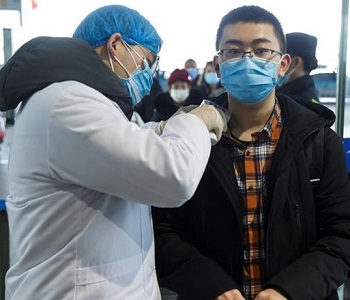
Ominous March of a Virus
The World Health Organization declared COVID-19 a global pandemic on 11 March 2020 with confirmed cases in more than 110 nations. The disease swiftly spread throughout the world.
Viruses can easily leapfrog to around the globe with globalization of travel and trade. YaleGlobal began reporting on the new coronavirus on January 10, and with this special report, explores the impact of such diseases.
Read Selected Articles on COVID-19
-500x551.jpg)
The outbreak of COVID-19 in China prompted global caution. As a coronavirus, the disease shares symptoms with the common cold and SARS.
The new coronavirus, highly infectious, became especially challenging after emerging in China just before two busy travel periods: the winter break for international college students and the Chinese Lunar New Year.
COVID-19 Symptoms
Symptoms include fever, difficulty breathing and a dry cough, reports the World Health Organization. People may be sick for 1 to 14 days before displaying symptoms. Chest radiographs showing bilateral lung infiltrates. Some patients do not display severe symptoms, and 80 percent recover without special treatment. People over age 65 and people of any age with compromised immune systems are especially vulnerable.
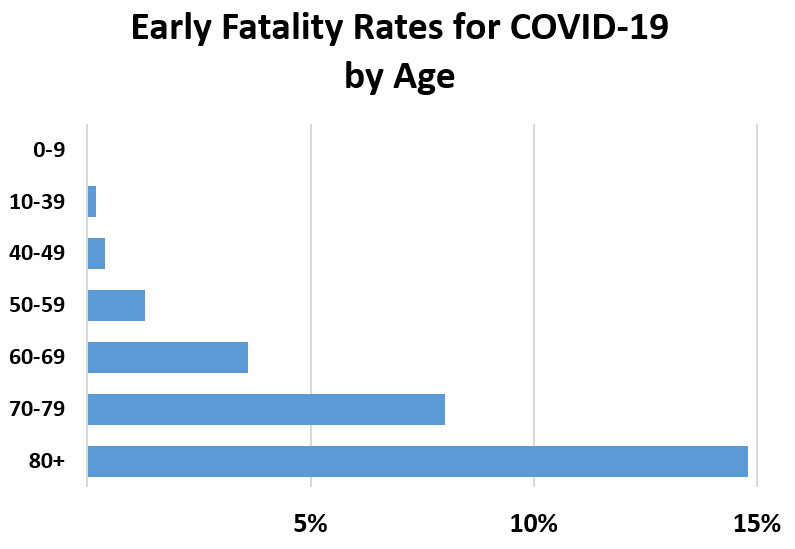
The World Health Organization offers advice:
● Clean hands often, using soap and water, or an alcohol-based hand sanitizer.
● When coughing and sneezing, cover mouth and nose with flexed elbow or tissue – throw tissue away immediately and wash hands.
● Avoid close contact with anyone with symptoms including a fever and dry cough, but understand that infected people who do not display symptoms can still spread the virus.
●Those with a fever, cough and difficulty breathing should seek medical care early and share travel histories with health providers.
● In areas experiencing cases, avoid direct unprotected contact with live animals and surfaces in contact with animals, and clean hands frequently.
● Avoid consumption of undercooked cooked animal products, and handle raw meat, milk or animal organs with care to avoid cross-contamination.
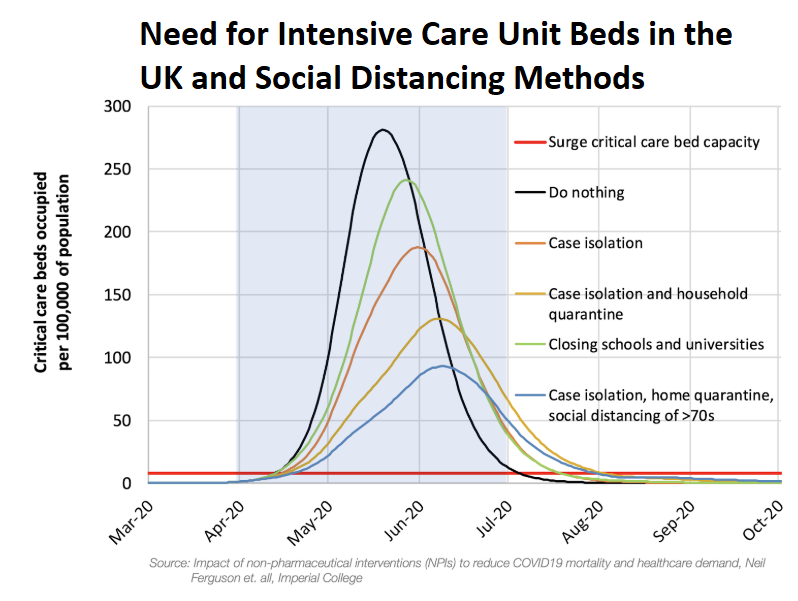
Social Distancing
Individuals have tremendous control over the impact of COVID-19.
Communities can protect themselves and prevent the spread of COVID-19 by practicing social distancing: staying home, avoiding travel and crowded places, maintaining a distance of six feet, and practicing self-quarantine if exposed to anyone who tests positive, shows symptoms or reports a travel history to hot zones. People can wear masks, especially to protect others, while still practicing social-distancing.
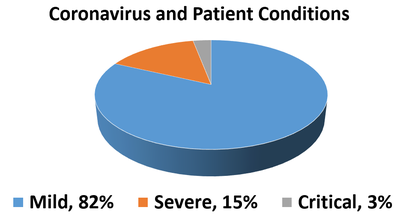
Coronaviruses are transmitted between animals and people. Investigations suggested that SARS-CoV was transmitted from civet cats to humans and MERS-CoV from dromedary camels to humans. The source of COVID-19 had not been determined as of March 2020.
“Several known coronaviruses are circulating in animals that have not yet infected humans,” reports WHO. “A novel coronavirus (nCoV) is a new strain that has not been previously identified in humans.” By mid-February, the World Health Organization named the disease COVID-19. Researchers later linked the disease to bats.
Online Resources:
US Centers for Disease Control
European Centre for Disease Prevention and Control
Yale University Research, Clinical and Data-Driven Response to Covid-19
5 Points on the Coronavirus: Yale Medicine
What Everyone Can Do To Stop Covid-19: US CDC
Johns Hopkins Center for Systems Science and Engineering
 COVID-19 Tracking
COVID-19 Tracking
Nations vary on level of preparation, as well as staff and hospital beds.
Testing is key to tracking COVID-19 and data-sharing by public health agencies, preventing the disease’s spread and allowing early treatment. Countries that practice transparency, offering more testing and contact tracing, tend to report more confirmed cases. Communities that test, trace contacts and isolate cases can also expect to reopen economies more rapildy.
The Johns Hopkins Center for Systems Science and Engineering site is the leading source for Covid-19 global reports. Early in the crisis, a young student quickly created a website tracking global cases. Major social media firms took steps to limit misinformation, prohibiting apps not linked with official health agencies. The reports are only as good as the data that governments release.
The Spread of a Coronavirus
Investigations showed that coronaviruses like the common cold and COVID-19 are spread mainly through droplet transmission. For example, if an infected person coughs or sneezes , the expelled droplets, if inhaled, can infect another person. Another possible mode of transmission is simple contact with contaminated objects.
COVID-19 is especially treacherous because people with few or no symptoms can still shed the virus, spreading the disease to those who are more vulnerable.
Governments in East Asia encouraged citizens to wear masks, including some public distribution, to keep infection and death rates low. The World Health Organization and the US Centers for Disease Control and Prevention intially discouraged healthy citizens from wearing masks, due to legitimate concerns about short supplies for health providers. The CDC reversed that decision on April 3 and encouraged people to wear homemade cloth masks. Some European nations require masks and others do not. US communities are likewise polarized on the practice.
China took the unprecedented step of shutting down public transportation and cancelling activities in multiple cities. Italy soon followed with national measures including closed schools and bans on public gatherings through the start of April. By April, more than half the world’s people were under various lockdown orders.
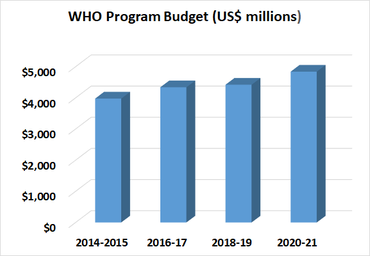
Funding: Ounce of Prevention Worth a Pound of Cure
“Ongoing preparedness and investment can go a long way in preventing global public health crises,” argues Sten Vermund, dean of the Yale School of Public Health.
Public health experts strive to delay the spread of COVID-19 to protect the most vulnerable people, prevent hospitals and care facilities from becoming overwhelmed, and buy time for development of vaccines and other treatments. The goal is called “flatten the curve.”
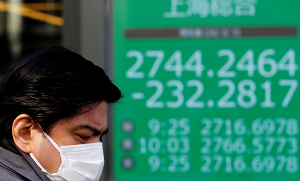
Economic Impact
Pandemics have historically altered societies, and governments strive to address both the health and economic impacts of COVID-19. When the new disease emerged in late 2019, the pace of growth for large economies around the world had already slowed. “This is a supply shock – not a demand shock that can be rectified with monetary stimulus,” explains Stephen Roach, economist and senior fellow with the Jackson Institute of Global Affairs at Yale. Governments have little choice but to take drastic steps that stop economies – travel restrictions, store closures, bans on public gatherings and more. Many approve massive rescue packages to assist citizens and businesses struggling due to the abrupt halt of most economic activities.
Roach urges governments to avoid premature focus on restarting economic engines that could trigger a relapse. The COVID-19 shock has exposed the quest by government and corporate leaders for quantity in economic growth with too many compromises made on quality long-term investment in infrastructure, public health, education and other systems that contribute to resilient societies.
Economist David Dapice urges governments to prepare carefully in reopening economies. Governments and companies must examine balance sheets and debt levels, conducting swift cost-benefit analysis to determine which programs and jobs might survive. The medical and economic crisis will influence new behaviors and patterns around the world. Companies and individuals would be wise to build emergency stockpiles and savings to prepare for other inevitable crises of all types.
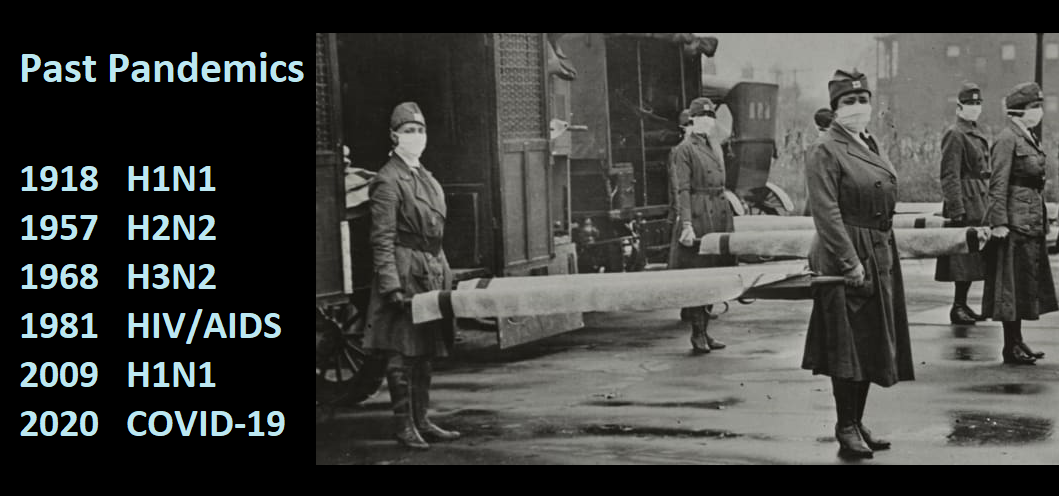
Recalling SARS and the 1918 Flu
Global public health officials strive to monitor the spread of any disease. The influenza of 1918-1919, which killed more than 20 million people, is never far from mind.
The speedy spread of a coronavirus from Wuhan, China, recalls the alarm associated with SARS. After the first reported death from SARS in Hong Kong, on March 4, 2003, the disease spread across the globe, affecting citizens in 18 countries. That epidemic lasted for about four months. Seventeen years later, there is better reporting. On December 31, 2019, the World Health Organization raised alarm about pneumonia-like cases in Wuhan. Less than a month later, cases were confirmed in 12 nations, with most in China. By April, more than 200 countries reported confirmed cases.
New diseases spread rapidly due to the speed and intensification of globalization. In the early 20th century, people and troops traveling on trains and ships spread the flu. A century later, affordable air travel and increased numbers of international passengers facilitated the movement of the coronaviruses across continents in a matter of days.